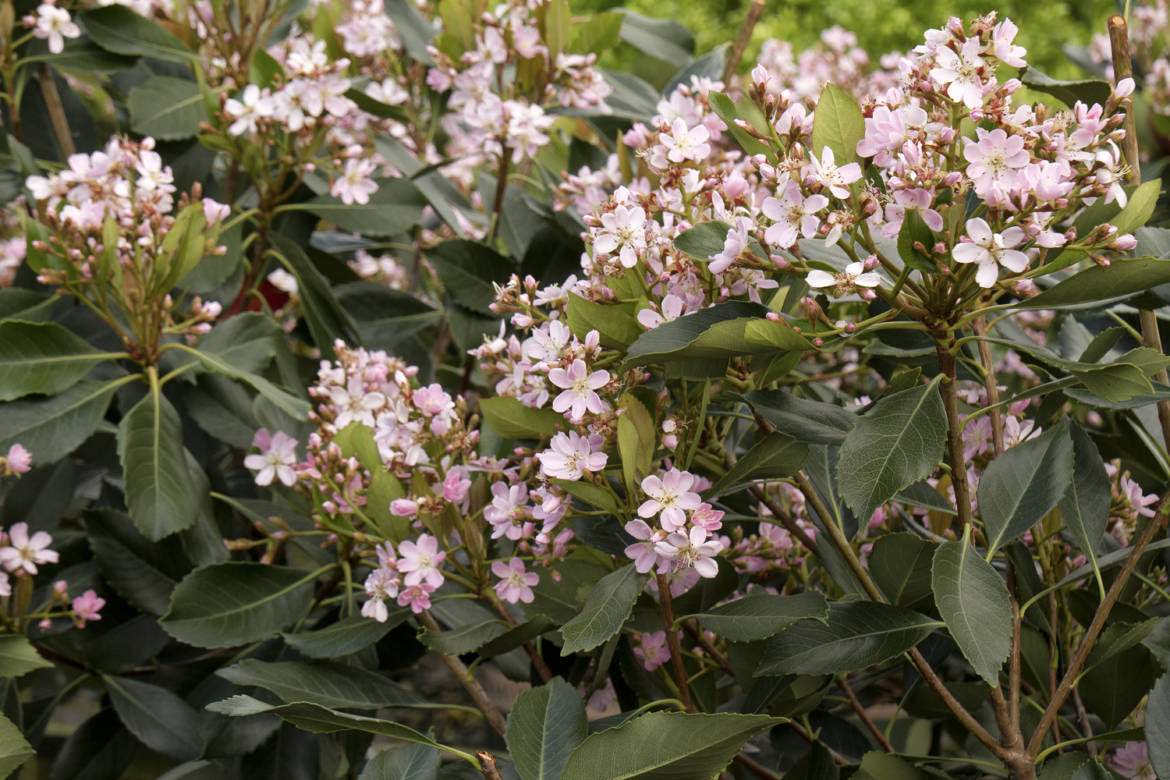

‘Clara’ and ‘Snow’ are white-flowering compact varieties. ovata) is a large-growing white-flowering variety. varieties that remain evergreen in temperate or frost-free climates. They aren't durable enough anyway, so think twice about planting any more Indian Hawthorne. Indian hawthorn is popular in southern regions, grown for its glossy green foliage. Update: During the long hard 0 o freeze of February 2021, most major trees around north Texas made it fairly well (with some exceptions) but many shrubs are toast – Indian hawthorn, pittosporum, Japanese and wax ligustrum, Chinese fringe flower ( Loropetalum sp.) and agaves are pretty much wiped out. Red tip photinia is rarely found for sale.ĭead Indian Hawthorne in spring 2021 after the February Arctic blast These same diseases also affects red tip photinia and pears (such as Bradford pear), pyracantha, quince and loquat. Both can be controlled with the Sick Tree Treatment. Problems: Leaf fungus ( Entomosporium) and fireblight. During the fall months birds and wildlife will feast on the beautiful blue fleshy fruit. The dark blue berries attract wildlife, especially birds that also use the shrub as shelter. The leaves of the Indian Hawthorn grow very thick, making it a great choice as a low hedge or ground cover. You aren’t alone sweet olive, loropetalums, lady banks rose, camellias, Indian hawthorn and even some needleleaf evergreens like Hinoke cypress and cryptomerias were hit hard. Attracts many kinds of butterflies and birds. Uses: Mass, foundation planting, low border, spring color. Update: During the long hard 0o freeze of February 2021, most major trees around north Texas made it fairly well (with some exceptions) but many shrubs are. Cold damage can cause browning or blackening of leaves, split bark, cracks along the trunk, and drying out. Native to Korea and Japan, southern China, Laos, Cambodia, Thailand and Vietnam. Indian hawthorn is prone to injury from the cold if temperatures drop below 10 degrees Fahrenheit. If pruning is needed, it should be done just after bloom. Sadly, most all Indian Hawthorn bushes are mostly toast.
Indian hawthorn texas freeze full#
2–5′ Spread 3–5′Spacing 2–3’Ĭulture: All varieties like well-prepared, well-drained beds and will do best in full sun. Below is a picture of a healthy Indian Hawthorn, but most died in the freeze a few weeks ago. Leathery, dark evergreen leaves are rounded, about 2 to 3 inches long, turning purplish in winter. Sizes of the varieties vary but generally a small evergreen shrub. Habit: Evergreen shrub for sun or light shade. Fruiting is not one of the plant’s outstanding attributes.Rhapiolepsis indica rah-pee- oh-LEP- sis IN-dee- kahĬommon names: India hawthorn or Hong Kong hawthorn, Indian hawthorn Family Rosaceae
Indian hawthorn texas freeze update#
Although the fruit are tasty and edible, they are tiny, so don’t expect an abundant harvest for your breakfast table. 1 Results Pinkie Indian Hawthorn Shrub Growing Zone (s): 7-9 89.95 Indian Hawthorn Shrubs Buying & Growing Guide by Mary Van Keuren Gardener (30+ Years Experience) last update on DecemThere are more than 100 species of pine trees across the globe ranging from short, tidy shrubs, to tall trees touching the sky. The flowers are followed by tiny, raspberry-like fruit in late summer. White flowers are borne in mid-summer, but they are lost in the foliage and not very showy. Indian Hawthorn, Viburnum, Forsythia, Flowering Quince, Loropetalum, and Azalea fall. For shrubs with freeze damage, when the new growth starts to emerge in March and April, cut away any dead stems above the new growth. If you do see greenwood then allow the new growth to emerge and prune back to that point. The scratch test is the best way to see if there is any live/green wood on the plant. Time will tell if they rebound and new growth emerges. During spring and summer, the leaves are shiny, dark green above and gray-green below. Prune too early, and new growth could get burned by a late freeze. They really took a beating during the freeze event. It doesn’t climb trees or smother nearby shrubs, and it can readily be controlled with mechanical edging.Ĭreeping Raspberry has coarse-textured leaves with deep veins that make them appear puckered. Although it is aggressive, Creeping Raspberry is not invasive. As the name implies, Creeping Raspberry creeps along the ground by forming runners – much like strawberries – which root at their nodes and establish new colonies. It grows 3 to 6 inches and spreads 3 to 6 feet in all directions. Georgia Pollinator Plants of the Year ProgramĬreeping Raspberry is a fast-growing, evergreen ground cover imported from Taiwan.Preserving Georgia’s Imperiled Native Species.Mimsie Lanier Center for Native Plant Studies.

Science & Conservation: Five Areas of Impact.Learning by Leading ™ at the University of Georgia.Tropical Conservatory, Herb and Physic Garden.


 0 kommentar(er)
0 kommentar(er)
